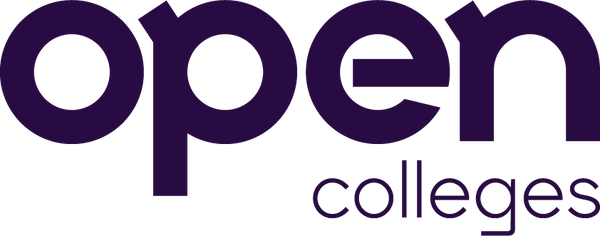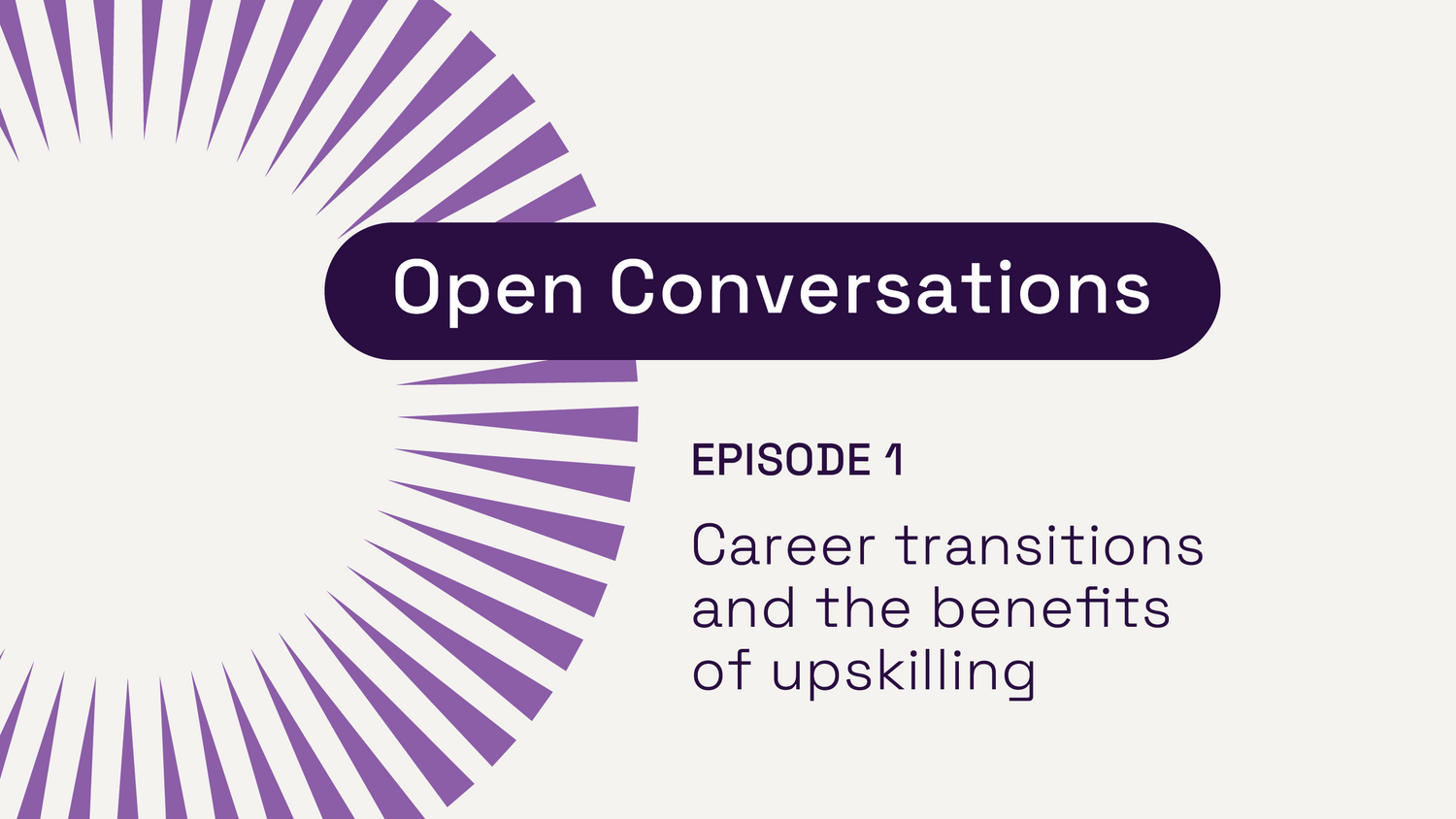Explore our collection of informative and educational blog posts to stay updated on the latest industry trends and expert advice.
Starting A Marketing Career? 4 Things You Need To Know

There’s plenty of room to find your groove in the digital marketing industry. Whether you’re into analytics, brand management, social media, inbound, content, search or email marketing, digital marketing skills are in serious demand.
The beauty of the industry means you’ll be able to decide if you want to be an all-around marketing generalist, or if you’d prefer to specialise in a certain field. In comparison to traditional marketing, the future of digital marketing looks bright, with Australia leading the pack in online marketing salaries.
This comes as no surprise, really. Digital marketing is more affordable, versatile, practical and streamlined than traditional marketing. Besides that, it also generates a better return on investment (ROI) and builds demand generation a whole lot faster than traditional marketing.
If you’ve got creativity, grit, passion and love interpreting data, working in digital marketing might be the ideal career path for you.
Before you decide if you’re going to generalise or specialise in a certain area of digital marketing, there are a few details to consider. “With a digital marketing career, there is more opportunity for specialisation than ever before. I think last time I counted, there were around 63 ‘disciplines’ of marketing, and opportunities to specialise,” says Lee Tonitto, CEO of the Australian Marketing Institute.
With that in mind, what are the most recent insights into the disciplines of the digital marketing landscape for 2017 and beyond and how can you use these insights to advance your career?
1. Outbound marketing is outdated

Outbound marketing, interruption marketing, traditional marketing – the methodology has many names. For the purposes of this article, we'll refer to it as outbound marketing.
Outbound marketing is the traditional form of marketing where a company initiates the conversation and sends its message out to an audience. Think television commercials, brochures in your letterbox, radio advertisements, print advertisements, cold calls, billboards and online banner ads.
Saying that this method of marketing is outdated may seem like a strong statement, but the facts speak for themselves.
It’s evident that many people echo this sentiment. “It’s been 10 years and most brands are still spending millions of dollars to stalk me instead of earning the privilege to my attention”, says Managing Director of Digitas, Larry Tang.
What Tang is implying, is that if you interrupt someone to get their attention (and induce feelings of negativity), it’s a reckless spend of your marketing budget.
But why? Some of the major reasons outbound marketing is ineffective are:
- Difficulty in tracking ROI
- Increase in ad-blocking applications and spam filters
- Banner blindness
- Costly activities with low-yield results
2. Is outbound marketing becoming obsolete?
Out of 4500 people surveyed in the State of Inbound report, 33% of inbound marketers and 31% of outbound marketers rank outbound marketing practices such as paid advertising as the top waste of time and resources.
Why so? “First, buyers are no longer paying much attention”, says Bill Lee from the Harvard Business Review. “Several studies have confirmed that in the “buyer’s decision journey,” traditional marketing communications just aren’t relevant.”
Case in point. Think back to this morning. You may have turned on your local morning show and sipped your coffee while reading the newspaper. You might have taken the dog for a walk, dropped the kids off at school and travelled to work.
If you commuted, chances are you scrolled through the news feed of your choice. Maybe you even listened to the radio. Now, try and write down how many advertisements you remember, specific to this morning. Go on, we’ll wait…
Feeling a little vague? Considering you’re exposed to 5000 marketing messages per day, that sounds about right. Why would you pay attention to an ad that has no relevance to you or your lifestyle, at all?
“If an ad falls in the forest, and no one notices, there is no ad”, says Seth Godin, author of Permission Marketing: Turning Strangers into Friends, and Friends into Customers. If you can remember 10% of them, Godin says you’re the exception to the rule.
So that's the challenge with outbound marketing – consumers tend to ignore most of it. We block ads, change channels, stream ad-free music, throw out junk mail, and watch Netflix instead. That’s millions of valuable marketing dollars swirling down the drain, into oblivion. Doesn’t sound like a great ROI, does it?
3. The marketing industry has evolved
If traditional marketing is dying, then the multi-billion-dollar marketing industry has had to adapt to survive somehow. And adapt it has. Enter inbound marketing.
What is inbound marketing, exactly?
Some marketers might call it a paradigm shift of two-way communication between marketing and customers. But perhaps Larry Kim, Founder of Wordstream phrases it most eloquently: “Inbound marketing is any kind of marketing that reaches customers when they go looking for something to buy.”
So in layman’s terms, inbound marketing is all about attracting and helping potential customers in their search for information, rather than forcefully blasting ads at every Tom, Dick and Harry. Sounds potent. But is it as effectual as it sounds?
If your measurement of success is a nice ROI on your lead and revenue generation, then absolutely, yes. Inbound marketing costs 62% less per lead than outbound marketing.
The main reasons why the inbound methodology is so effective is because compared to outbound marketing, it:
- Costs less
- Lasts longer
- Has a better ROI
- Builds authority, trust and awareness more effectively
Inbound marketing cannot function without content. Content is the pinnacle of the inbound marketing universe. Some forms which content can take are:
- Websites
- Blog articles
- Infographics
- eBooks
- Quizzes
- Apps
- Videos
- Case studies
- Social media
- Native advertising
- Podcasts
- Webinars
- Research
- Presentations
- Testimonials
- Interviews
- News
- White papers
- Emails
- FAQs
Just to name a few.
Yet, it’s not enough to create and own informative, engaging content. Customers also need to receive the right content at the right time, for it to be effective. This depends on what stage of readiness AKA the buyer’s journey they’re at. Consumers can find content via:
- Search (SEO, PPC)
- Blog
- Social media
- Email marketing
- Calls-to-action (CTAs)
- Forms
- Websites and landing pages
It might be starting to sound a little bit too easy. So, has the marketing industry has found a way to get customers to pay attention, and get bang for their marketing buck? Is content marketing and inbound marketing the answer to a marketing professional’s prayers?
Well - that’s debatable.
4. The internet is noisy and results take time
The picture of inbound marketing we were looking at might sound too good to be true… A comparably nice ROI, engaged and informed customers, reaching your intended audience effectively. What’s not to love?
Sorry to break the news. There’s actually too much stuff on the internet to watch, read and listen to. You may enjoy reading blogs, listicles and how-to posts, but unless you’re immortal, you never will get to read all the content that is meant for you, as a consumer.
“The sheer glut of new content created every day is deafening,” says Tom Fishburne, Founder of The Marketoonist.
“As the web becomes mature (Amazon is 20 years old), it also becomes more crowded and requires a greater effort to cut through” agrees Managing Director of In Marketing We Trust, Frederic Chanut. “Engagement with an audience is not delivered by walking in isolation, going into a big meeting room and fantasising about ideas that could work. Without due research and analysis of customer needs, we end up in a situation where marketing is a one-way conversation.”
The moral of the story here is, if you’re going to create some more “noise” on the internet, make it worthwhile, make it unique, touch people’s emotions, and be the best in class. According to the SEO gurus over at Moz, one way to do this is by creating 10X content.
Another thing to consider is that inbound marketing takes time to see initial results, especially if your inbound activity is in its infancy, primarily speaking from my own experience in the industry.
You might publish content which wasn’t even in the first 50 results of Google. And then six months later, you’ll find it ranking in the top 1 – 4. Finding great writers, developing the right content for your ideal audience, establishing great street cred (domain and page authority) to rank well in SERPs plus creating good, unique content takes time.
There is no one size fits all
At the end of the day, a successful digital marketing strategy with all its nuances can be a hard thing to pin down. A lot of success comes down to a mix of using proven methods of marketing and continually testing new ways to cut through to your ideal audience.
There is no one size fits all approach. Your strategy is defined by your brand’s goals, and how your ideal customers behave. If your goal is to drive worldwide brand awareness or brand equity, outbound marketing has many merits that would help achieve that goal. If your goal is to drive sales and interest in your product or service, then inbound marketing is a tactic that would be silly to ignore.
If you use sales people to close the deal on your warm-to-hot lead generating marketing efforts, then suffice to say, this is inbound and outbound marketing working together like a well-oiled machine.
At the end of the day, it will be up to you as a marketer to understand the customer journey and how that translates to success.
So if you’re wondering where to apply yourself when starting a marketing career, hopefully these considerations will help you understand the evolution of digital marketing and give you perspective on where you might want to focus your efforts.
Looking to break into the world of digital marketing? Get all the skills you'll need for a successful career with our nationally accredited Certificate IV in Marketing and Communication (Digital Marketing) course.









